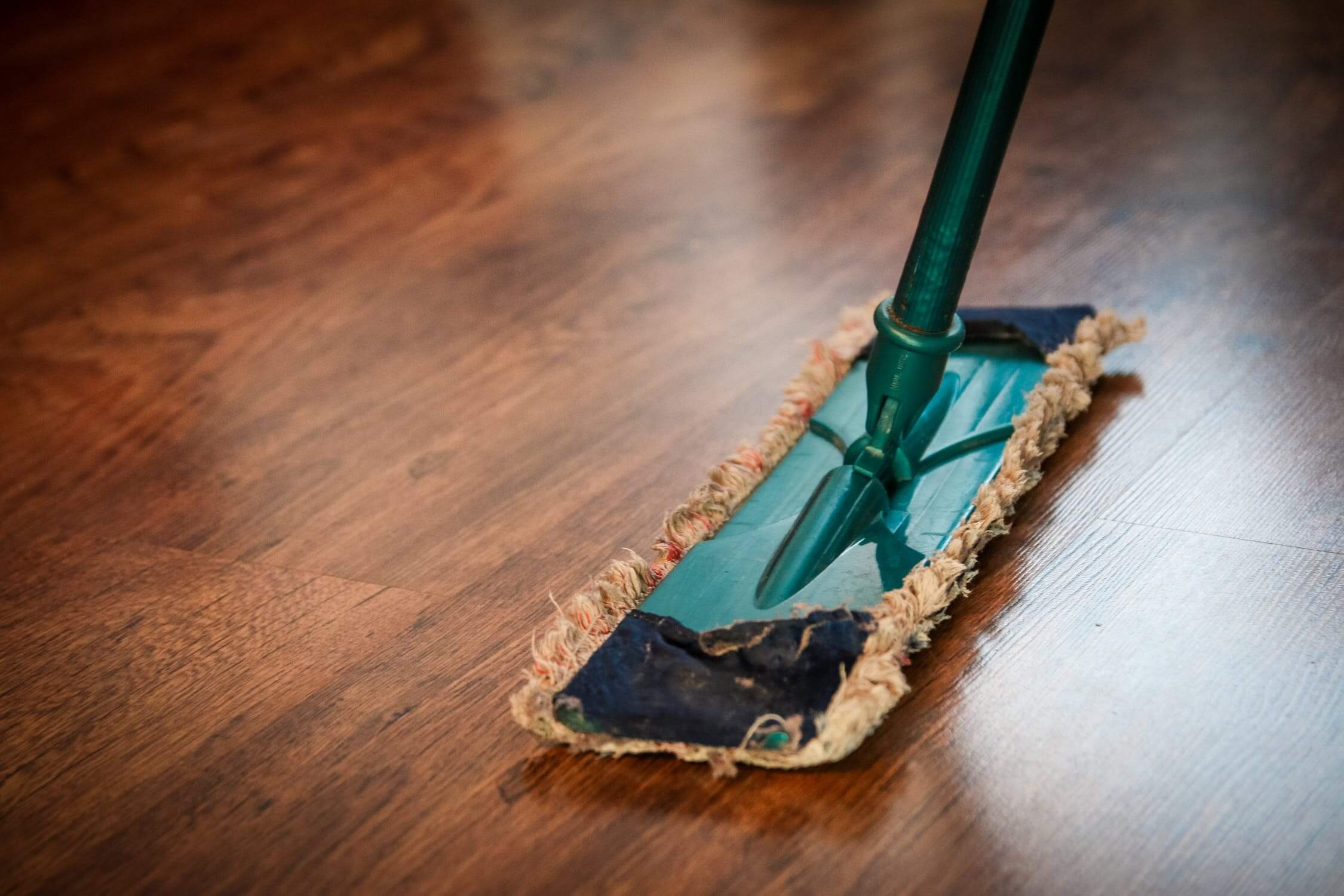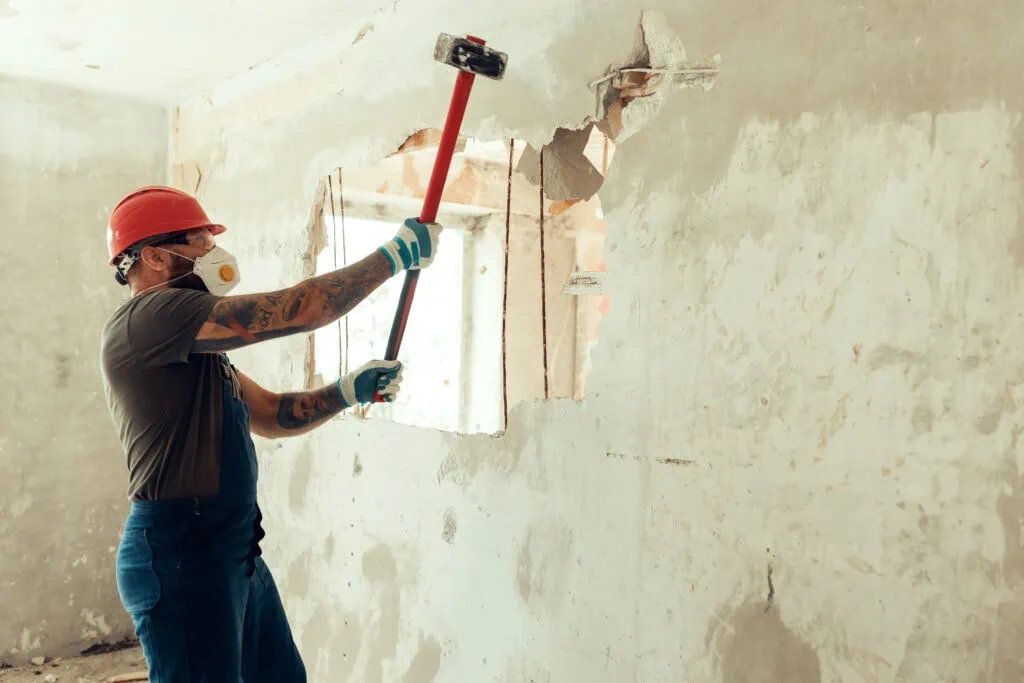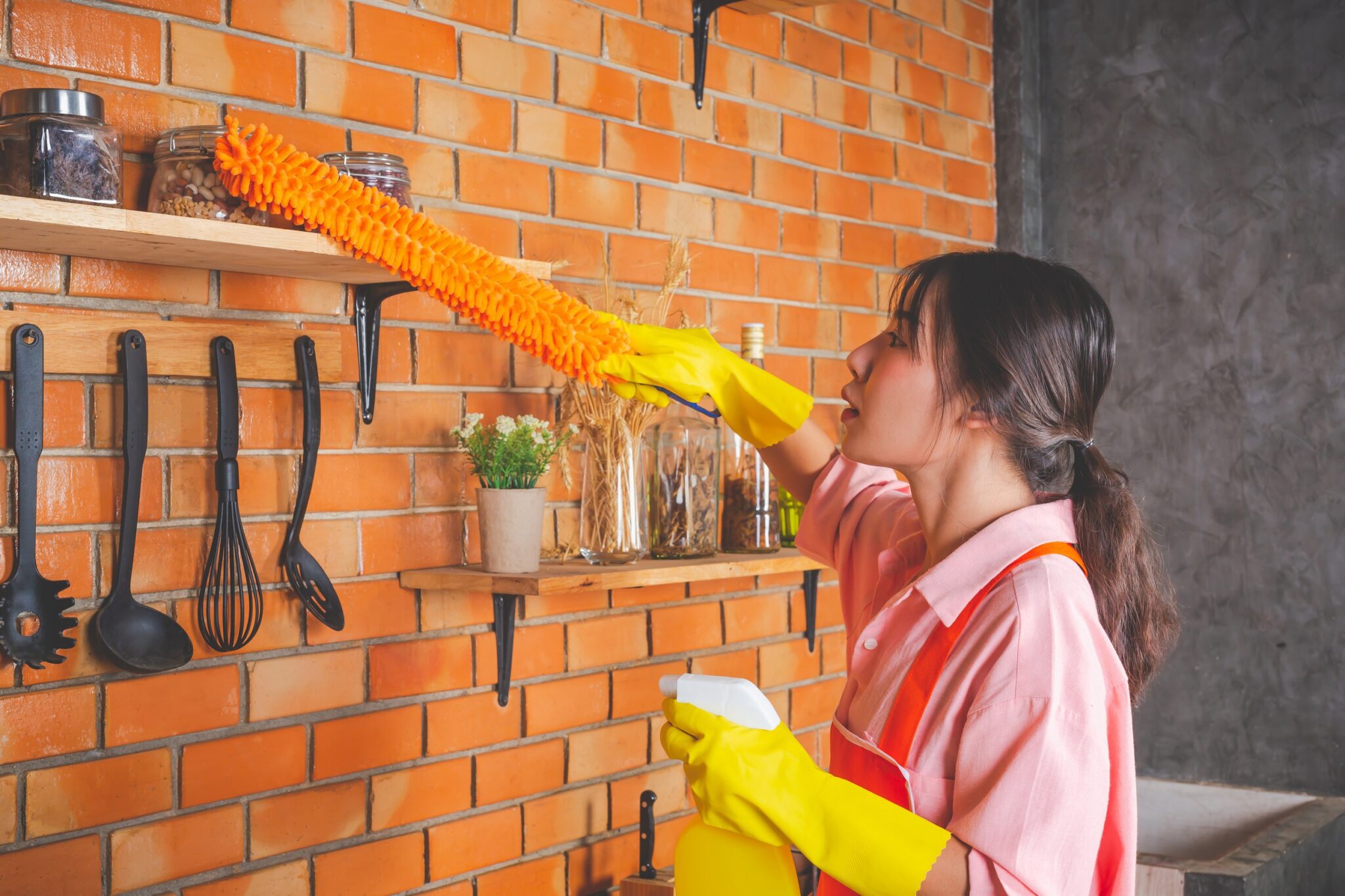
Why Reproductive Endocrinology and Infertility Care Matters for Families
Reproductive Endocrinology and Infertility is a specialized branch of women’s

Cleaning tools have been an integral part of human civilization, evolving from rudimentary implements to sophisticated gadgets. In our quest for cleanliness, mops and brooms have played a crucial role. Join us on a journey through time as we explore “The History of Mops and Brooms: From Straw to Synthetic Fibers.”
In the earliest days, our ancestors utilized nature’s resources to fashion cleaning tools. Twigs, straw, and other natural materials were woven together to create primitive brooms and mops. These basic implements marked the inception of our cleaning rituals, leaving behind a trail of historical evidence.
As civilizations flourished, so did the need for cleanliness. From the meticulous Egyptians to the organized Romans, each culture had its cleaning practices. Brooms and mops made from locally available materials became symbols of hygiene, reflecting the societal importance placed on cleanliness.
During the Middle Ages, craftsmanship took center stage. Brooms and mops saw significant improvements with the addition of handles, allowing for easier and more efficient cleaning. Guilds dedicated to these crafts further shaped the evolution of these essential household tools.
The Industrial Revolution marked a turning point in the history of cleaning tools. Mass production techniques replaced traditional craftsmanship, making brooms and mops more accessible to the masses. Factories churned out standardized designs, bringing about a revolution in household cleaning.
The 20th century witnessed a leap forward with the introduction of synthetic materials. Nylon and other synthetic fibers began replacing traditional straw and twigs. The advantages were clear – durability, flexibility, and ease of manufacturing, leading to the widespread adoption of synthetic brooms and mops.
As technology advanced, so did cleaning tools. Ergonomic designs were introduced for user comfort, and technology found its way into our brooms and mops. Self-wringing mops and vacuum cleaners transformed the cleaning experience, making it more efficient and less labor-intensive.
With progress came environmental concerns. Traditional and synthetic cleaning tools left ecological footprints. The 21st century witnessed a shift in consumer preferences, with a growing demand for eco-friendly alternatives. Sustainable materials and practices are gaining traction as we strive for a cleaner planet.
The evolution of mops and brooms is a testament to our quest for cleanliness throughout history. Understanding this evolution not only sheds light on our past but also hints at the future of cleaning technology. As we navigate the complexities of modern life, our cleaning tools continue to adapt, ensuring that the pursuit of cleanliness remains an enduring aspect of human culture.
Concluding our discussion on essential cleaning tools, Click n’ Clean earns its stripes as the expert in delivering top-quality Mops and Brooms. Take the hassle out of cleaning – click your way to a pristine home.

Reproductive Endocrinology and Infertility is a specialized branch of women’s

Choosing the right Camps & Retreats Event Venue is one

HVAC systems solutions play a vital role in maintaining comfort,

Every home renovation begins with a blank canvas. Before new

A fresh layer of paint can do wonders for your

Waterproofing is an essential step to protect any building structure

Building owners and managers must prioritize the safety and structural

Understanding Vertical Green Wall Systems A vertical green wall system

Waterproofing services are a critical part of protecting buildings and

Why Professional Cleaning Services Are Changing Modern Housekeeping Modern life